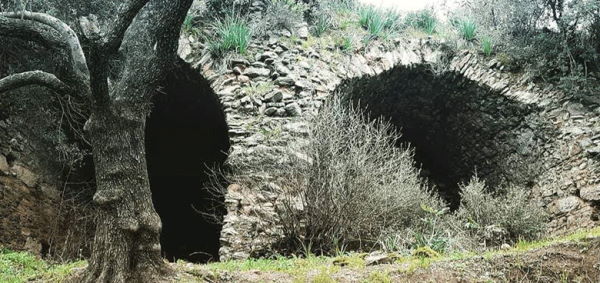I complied a list of the ”Top 5 Important Archaeological Discoveries of 2020 in Turkey” for you. I hope you will have a chance to visit all of these attractions. This list was inspired by the lists on the famous Turkish archeology website Arkeofili.
Theater of Mastaura Ancient City in Aydın

Mastaura Ancient City’s theater is similar to the Colosseum of Rome which is considered the best example of Roman architecture in the world. The orchestra part of the theater is covered with olive trees today.
Discovery of a new Iron Age kingdom and the inscription of the king’s grave in Konya
As a result of excavations in Konya, an inscription saying “I am the great king Hartapu!” was discovered. The Inscription is thought to belong to the 8th century BC, and it has Luwian inscriptions saying;
“When I occupied the land of Amulet, the great king Hartapu, I was attacked by other kings. With the help of the Storm God and the other gods I defeated all the other kings! ”.
Stone carved sculpture head at Karahan Tepe
Excavations in Karahan Tepe located in Şanlıurfa excited everyone. Karahan Tepe, which is only 35 km from the world-famous Göbeklitepe, has attracted attention with hundreds of obelisks and artifacts so far, and a new artifact created excitement. A human head-shaped sculpture carved on the bedrock is exactly 50 cm in size! This sculpture head is not a work that was seen before and reflects a completely different period.
Two-headed dragon-shaped bracelet found on the arm of the Urartian baby in Van
During the excavations in Gürpınar, Van, an Urartian baby skeleton with a two-headed dragon bracelet was found in Çavuştepe Castle. Known as a place where aristocrats were buried, Çavuştepe Castle has a 2750-year-old necropolis. The 3-year-old baby skeleton also has a necklace made of sandstone and beads around his neck.
Discovery of a church with great mosaics from 386 in Mardin
In a rescue excavation initiated in Mardin’s Derik district, a church that turned out to be exactly from the year 386 was found. The church has mosaics with human and animal figures, plants, and geometric shapes, was also used as basilica and baptistery. The Church belongs to the Early Byzantine period.